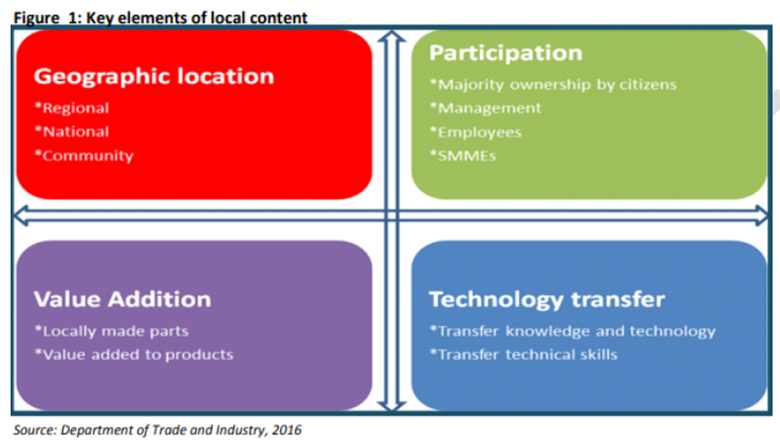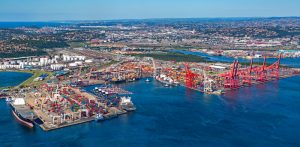LOCAL CONTENT – AFRICA (Part 2)

“It is important to understand what motivates countries such as South Africa to design and implement local content policies. The rationale behind these policies is linked to economic and sociopolitical considerations,” multi-award winning global entrepreneur and strategist, Prof Dr Tal Edgars, tells SmartProcurement in the second part of his commentary on procurement in South Africa.
The definition of the concept of local content often lacks clarity, as it differs across countries, in laws and policies (Gwayaka, 2014). Although there is no agreed definition of what the term “local” or “content” means, this concept is generally understood as a set of policy measures implemented by government that typically require a certain percentage of factors of production – such as labour, supplies of intermediate goods, services, knowledge and technology used in various stages of the production process – be sourced from the domestic economy (Silva, 2014; Ramdoo, 2016). Local content policies ensure that within strategic sectors, domestic goods and services are used such that imported inputs are substituted by domestic value addition (Silva, 2014).
1. On the economic front, the primary rationale in South Africa is for developing new industries and strengthening the domestic industrial base in an attempt to stimulate job creation and economic development.
2. A secondary aim is to stimulate the development of competencies, necessary for the functionality of an industry.
In South Africa, the required expertise may not be available because of skills shortages or mismatches. In cases when multinationals use expatriate labour, local content policies are used to encourage the development and transfer of skills and knowledge (Ramdoo, 2016). Over time, companies can then use more local labour and less foreign labour in strategically selected positions. Therefore, governments can use regulatory instruments to set minimum quantitative targets for the hiring of local labour or for the training of staff.
For example, in the mining sector in South Africa, government imposed compulsory requirements through the Mining Charter to employ at least 40% local labour at all levels, including senior management and board levels.
Local content approaches also have the potential to stimulate spillover effects and support the creation of new more sophisticated industries; equally, there may be benefits in local firms in a supply chain responding to local challenges such as deep level mining or the unique electricity supply in South Africa.
Furthermore, local content policies can be used to achieve socio-political objectives such as economic transformation or redistributing rents arising from economic activities (Silva, 2104). Government can carefully tailor policies in terms of which industries to focus on and the level of local content targets to set, in order to redirect rents arising from economic activities away from foreign entities towards specific groups, firms or regions within the host country.
The motivation and key elements of local content can be summarised as shown in Figure 1 in terms of geographic location, participation, value addition from the development of local industries, and technology transfer from labour market development, through knowledge and technical skills transfer.

Read More …. See Part 3 in next month’s newsletter
By H.E Prof Dr Ambassador Tal Edgars, Group Executive Chairman, GBSH Consult Group, Washington DC, USA, and Johannesburg, South Africa























